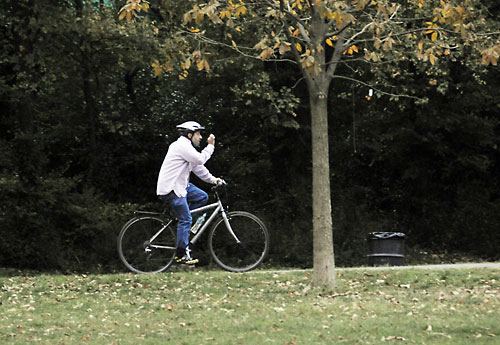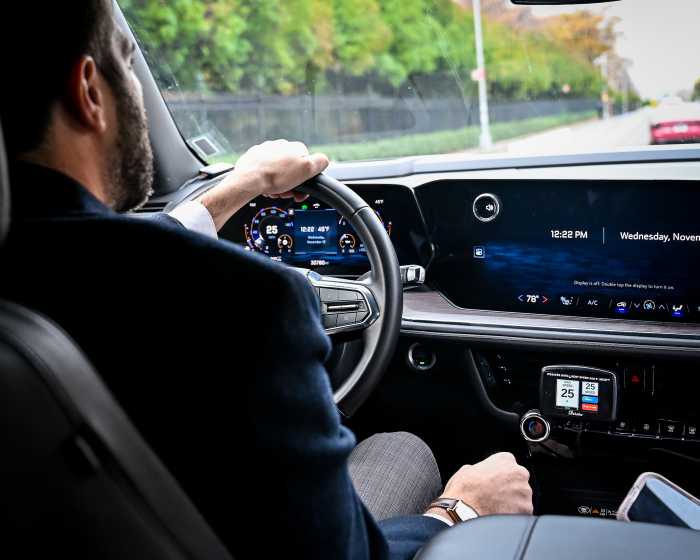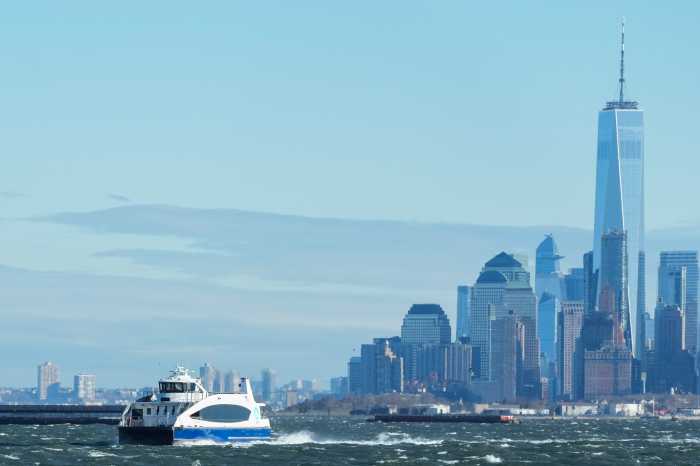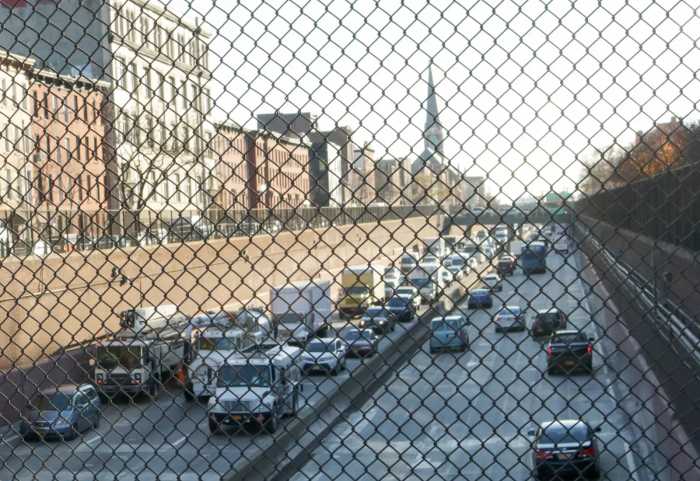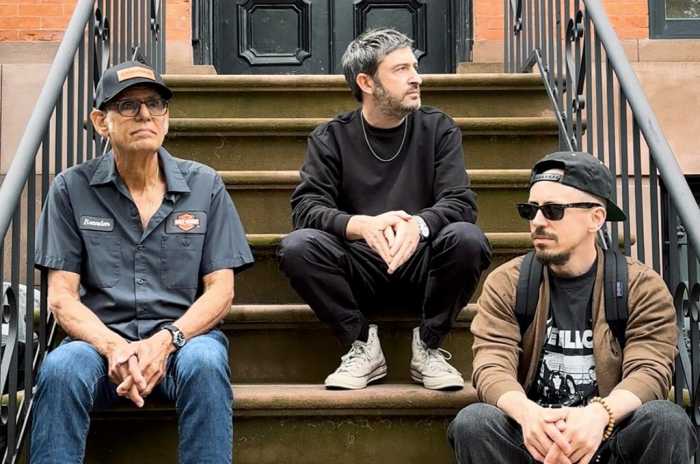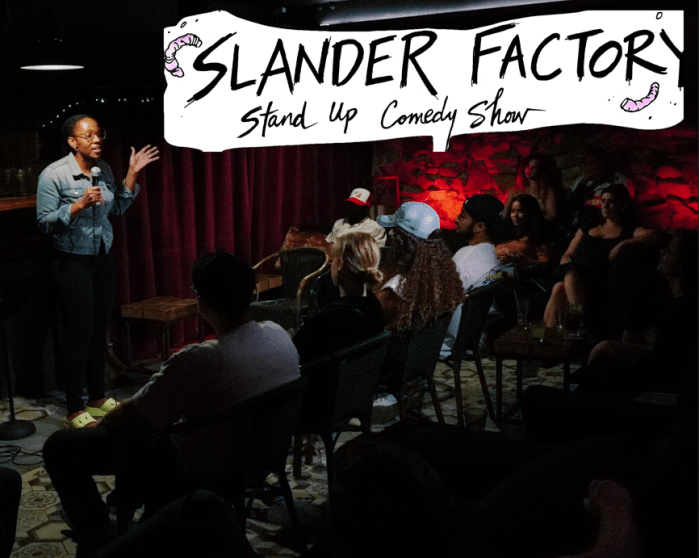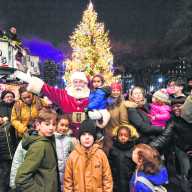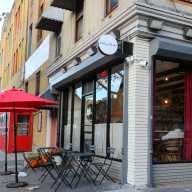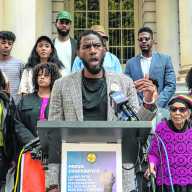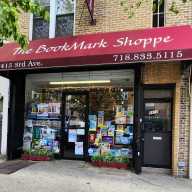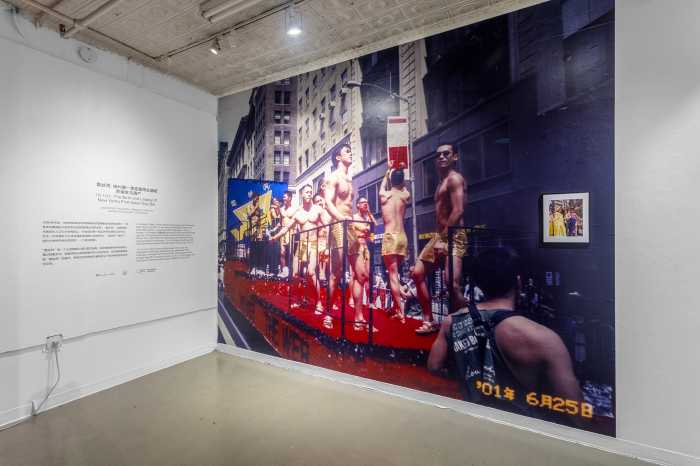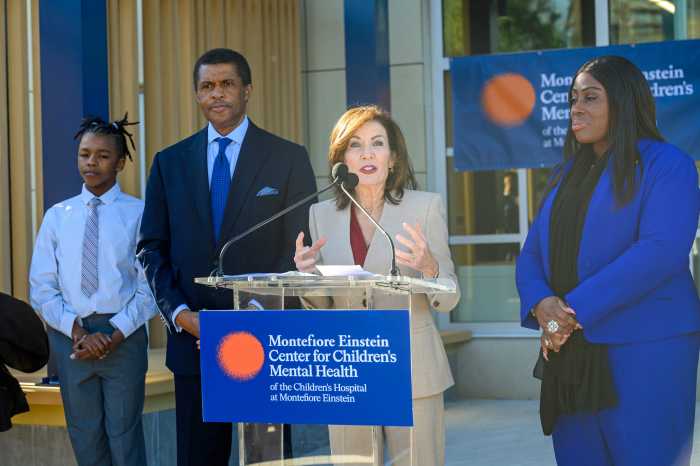A biking advocacy group that called for a complete ban on cars in Prospect Park has pulled back from that vehicular demand and is now asking that auto traffic to be limited to one lane in the currently two-lane park loop.
Transportation Alternatives admitted that its pitch to give joggers and cyclists extra space was a compromise to ease the concerns of Windsor Terrace residents who say their streets would be inundated by rush-hour commuters forced to drive around, rather than through, “Brooklyn’s Backyard.”
“Pedestrians and cyclists feel very unsafe on the Park Drive. This [proposal] gives them some breathing room,” said Lindsey Lusher, a Transportation Alternatives official after presenting the latest initiative to Community Board 7, which includes Windsor Terrace.
Nonetheless, some members of the board remained skeptical, saying that the latest attempt to reduce car volume in the Olmsted and Vaux masterpiece would bring them one step closer to an auto-less park, and thus, more clogged streets.
“They’re just chipping away and chipping away at [park vehicular traffic],” said Randy Peers, chairman of CB7.
About 600 motorists use the park drive each hour that the roadway is open, according to Transportation Alternatives — a number seized upon by board member Cynthia Gonzalez.
“They want us to redirect 1,200 cars [each morning and evening] onto our streets, for how many bike riders?” she exclaimed.
The city first limited car traffic in the park in the 1970s, when cars got the boot on Sundays. Now, the park is open to motor vehicles from 7 to 9 am for northbound traffic and 5 to 7 pm for southbound vehicles.
Peers said that the city should conduct a full review of the impacts of any new permanent change.
Oddly, the Prospect Park Alliance, which manages the park, said it’s neutral in the current battle for control of the greensward’s main arteries.
“There are so many communities of people who use the park and that includes people who drive and people who use it for recreation,” said Eugene Patron, a spokesman for the Alliance. “They all have legitimate concerns.”
Supporters of the comprise say that one lane of car traffic is enough to handle all the roadsters during the rush hours.
“We’re not seeing gridlock conditions through the park now,” Michael Cairl, a member of the Park Slope Civic Council, told The Brooklyn Paper.
The advocacy group’s pullback from its earlier call for a car-free park is a bit of a surprise, given that momentum seemed to be on its side. In August, for example, Mayor Bloomberg created a hysteria when he casually mentioned that “it would be great if we could keep cars out of all parks.”
But Transportation Alternatives’ Holy Grail was followed by a rally to keep the loop open by groups based south of the park.


